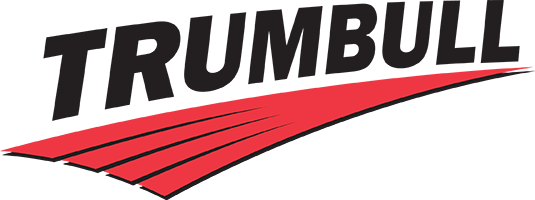Lead in Drinking Water – What is “Lead Free”? Does “NSF-61” Pertain to Me?
Federal Regulations
As of January 4, 2014, the Reduction of Lead in Drinking Water Act (RLDWA) changed the allowable lead free content definition in Section 1417 of the Safe Drinking Water Act (SDWA) to a weighted average of not more than 0.25 percent lead, with respect to the wetted surfaces of pipes, fittings, valves and other fixtures. These are Federal regulations.
The SDWA prohibits the use of these products not meeting the lead free requirement, in the installation or repair of any public water system or facility providing water for human consumption.
The SDWA also makes it unlawful to introduce these non-compliant products into commerce.
State Regulations
In addition to Federal regulations, 48 states have legislation, regulations or policies requiring drinking water system components to comply with, or be certified to NSF/ANSI Standard 61.
As an example, the Ohio Administrative Code 3745-83-01, D(2) states, “All components installed by a public water system shall be certified as meeting the specifications of “ANSI/NSF Standard 61 Drinking Water System Components – Health Effects (2010).” If certification to “ANSI/NSF Standard 61” is not available for a component, an alternate component with “ANSI/NSF Standard 61” certification must be used. In cases where no alternate “ANSI/NSF Standard 61” component exists, the director may accept another component on a case by case basis until the “ANSI/NSF Standard 61” certified component is available”. This puts the burden on the water utility and engineer to determine if the components in question are available which meet the Drinking Water requirements.
To find the Citation for your state and effective date of regulation, please refer to the NSF publication online at http://www.nsf.org/newsroom_pdf/ASDWA_Survey.pdf
Compliance with the Regulations
The EPA publishes a document, “How to Identify Lead Free Certification Marks for Drinking Water System & Plumbing Products”, with a summary of the Lead Free Requirement. It is available online at http://www.nsf.org/newsroom_pdf/Lead_free_certification_marks.pdf. These certification marks indicate that the product meets the lead free requirement of Section 1417 of the SDWA.
Trumbull cast iron and stainless steel mud valves have been tested and certified for compliance with both NSF 61 and NSF 372. This certification provides you assurance that there are not unsafe levels of lead that could leach into the public water supply. Trumbull Mud Valves carry certification markings confirming compliance with both NSF 61 and NSF 372, for both the United States and Canada.
In order to become certified, both types of mud valves have been rigorously tested to verify that chemical and leaching factors are in accordance with the requirements of the standards.
Note that the use of NSF 61 coatings does not give the water utility or engineer the assurance that the valve itself meets NSF 61 and 372. Certification by recognized third party testing laboratories includes extensive submergence testing of the complete valve assembly in specific volumes of chemically controlled water for extended periods of time, to assure that there is no leaching of lead or other contaminants above the allowable levels. Testing also requires stringent and thorough examination of all materials, procedures, and documentation, not only of the finished product, but for each stage of the manufacturing process, from acquisition of raw materials to the packaging and shipping of the finished product. Ongoing random inspections are also required of the manufacturing facility to assure continued compliance with the certification.
The value of having a product certified is that the product is clearly marked and the authorities can easily verify that the product meets the requirements. If a product is not certified but does indeed meet the requirements for the lead content, the manufacturer would need to provide documentation to satisfy the authority.
To increase your confidence, specify and use only products that display EPA recognized Lead Free Certification Marks.
SLENDERNESS RATIO
This ratio is the unsupported length of the extension stem, divided by the “radius of gyration” of the stem cross section. The unsupported length is the distance between the extension stem Operating Nut and the Bottom Coupling, or when stem guides are used, the longest distance between any two “supports.” It is typically used to determine the susceptibility of a column to buckling.
Zinc Anode Caps
Zinc Anode Caps are threaded end caps, shaped like hex nuts, which are fastened to the ends of bolts or studs on a buried pipeline or related pipeline component. The zinc in an Anode Cap sacrificially corrodes before the steel of the fasteners, fittings or related components, which helps protect these items, thus extending their life and preventing possible damage from failed fasteners.
Meaning of H-20
The American Association of State Highway and Transportation Officials developed a standard, M306 that calls for proof load testing for iron castings. For an H-20 proof load test, that standard requires a 40,000 lb. load be applied to a 9” x 9” square plate for one minute. Any cracks or permanent deformation greater than 1/8” are cause for rejection.





